When in 1937 border squadrons were formed, they had to deal with many problems, both organizational and hardware. Pilot training and assigned tasks of defence of the eastern border were quite a challenge for new units. Nevertheless, in a short time, they were well prepared to fulfil their duty. One of the pilots of the 161st Fighter Squadron from Lwów was Lieutenant Jan Dzwonek, the author of the unique insignia of the squadron. This is the history of the squadron, the insignia and the pilot, over the years of war and peace.
Ppor Jan Dzwonek P.11c’s from 161 Eskadra (squadron) scrambles to intercept German air raid, 2 September 1939. Artwork by Marcin Górecki.
III/6 fighter wing over the Borderlands
One of the key elements of the Polish military aviation development in late ‘30s was creation of the fighter wings in all six aviation regiments. The last Fighter Wing, III/6, was formed in Lwów’s 6. Regiment. 161. and 162. Squadrons of the Wing were ordered to patrol the eastern border of the country. Their duty on the Kresy (Eastern Borderlands) was performed during most tense period before the war. It included Munich Crisis and more and more numerous Soviet attempts to infiltrate Polish territory in order to spy the military installations. Earlier, the Wing, with many other Polish aviation units, took part in great military exercises in east areas of Wołyń (Volhynia, now Ukraine). In that period the airplanes of the 161. Squadron had their fuselages behind the cockpits painted with white distemper paint. The tactical numbers and unit markings remained visible under the layer of white.
P.11c from 161 EM during Volhynia Field Exercises, August 1938. Photo from dr Tomasz Kopański collection.
PZL P.11c from 161 Lvov Fighter Squadron during Volhynia Field Exercises, Summer 1938. Part of the fuselage is painted with washable white paint as the temporary recognition insignia. Artwork by Zbyszek Malicki.
In March 1939 General Staff ordered the III/6 Fighter Wing from Lwów to secure the sky over eastern border of Poland by providing pilots for Border Protection Corps Squadron (Korpus Ochrony Pogranicza, K.O.P.). Initially for duty in the K.O.P. 161. Fighter Squadron has been assigned. On the summer both squadrons of the Wing (161. and 162.) have been moved to the landing ground near borderland city of Sarny, in order to intercept Soviet airplanes spying over Polish territory.
In the end of August 1939 only three-airplane flight remained at the eastern border in order to screen the area against Soviet infiltration. It was equipped with obsolete PZL P.7a fighters and led by 2nd Lt. Robert Janota. The rest of the III/6 Wing pilots flew on 31st August to Widzew-Ksawerów field landing ground near Łódź.
161. Squadron’s planes in their homebase Lwów-Skniłów, probably after return from duty in KOP outpost Sarny (photos left and middle) & Aeroplanes of the 161 fighter squadron during service in Eskadra Korpusu Ochrony Pogranicza (KOP) on Spring 1939 r (photo ot the right). Variety of white stripe insignias is visible on aeroplane’s wings. Photo dr Tomasz Kopański collection.
The turkey – new emblem for the Lwów’s squadron
The idea of the new emblem for the squadron came to one of the squadron’s pilot’s mind most probably in the 1939 spring. 2nd Lt. Jan Dzwonek has designed multi-coloured picture of the turkey over the white disc (white disc was typical for the emblems of all squadrons connected with the city of Lwów, including famous “Kościuszko” squadron stationing in Warsaw, but originally formed during the defence of Lwów in 1919-1920 period). The design has been rejected by III/6 Wing commander Stanisław Morawski and 161. Squadron commander Władysław Szczęśniewski as to complex, but its author got permission to paint the turkey on his personal plane marked with “4”. During September 1939 he flew this fighter in several combat missions.
Ltn. Dzwonek’s aeroplane during service in KOP squadron in Sarny with already painted “turkey” insignia. Artwork by Zbyszek Malicki
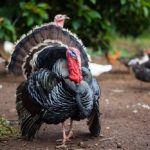 Comments from decal designers:
Comments from decal designers:
What were the colours of Ltn.Dzwonek’s turkey insignia? The answer to this question is, unfortunately, based on assumptions. When developing decals for the model, we had to face this problem. The popular image of the emblem (D) depicts many colours from the palette used in squadrons insignia. But it does not seem to match the shades of grey in the black and white photos. The picture also shows that the emblem was shaded on the body and in the area of caruncles. The colours were apparently mixed, very probably to render the bird’s naturalistic appearance. Unlike in other squadrons, where the emblem was painted from the template.
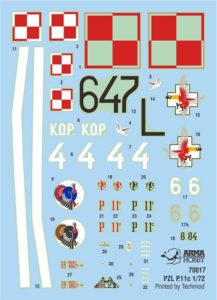 During the development of decals for the model, we tested several colour variants. In the end, we chose two probable ones: A and B. We also had to adapt the emblem to the printing process of the decal. The silkscreen printing technique we use prevented shading. Also on such a small surface of the model, it would be practically invisible. For comparison, we present in the picture one of the colour variations of a turkey, occurring in nature
During the development of decals for the model, we tested several colour variants. In the end, we chose two probable ones: A and B. We also had to adapt the emblem to the printing process of the decal. The silkscreen printing technique we use prevented shading. Also on such a small surface of the model, it would be practically invisible. For comparison, we present in the picture one of the colour variations of a turkey, occurring in nature
(reseach: Zbyszek Malicki, Grzegorz Mazurowski and Wojciech Bułhak, artwork by Zbyszek Malicki, turkey photo Adobe Stock autor: topshots )
Fighters at War
In the first day of the war the III/6 Wing, assigned to the Army Łódź, performed several missions, but was not able to shot down any enemy airplane. On 2nd September the Wing organized several “ambushes” – small detachments operating from forward landing grounds located near the front. Jan Dzwonek with his turkey-marked “four” operated in one of them. About 4 p.m. that day from the ambush near Kłoniszew took off two PZL P.11 piloted by Edward Kramarski and Jan Dzwonek. The fighters managed to intercept and destroy German Henschel Hs 126 near Wieluń. Soon after their victory, the Poles have been attacked by five Messerschmitts Bf 109. Bullets shot by one of the Germans reached Dzwonek’s airplane. Pilot got left hand and right thigh wounded, but managed to break away from the enemy and fly into Łódź direction.
Profile of Ltn. Dzwonek’s aeroplane during Septemebr 1939 campaign. KOP insignia and wing stripes were already overpainted. Artowork by Zbyszek Malicki.
Flying over Pabianice Dzwonek saw his colleagues from III/6 Wing fighting against group of double-engined Bf 110 fighters. Pilot immediately turned to help one of the Poles being under attack of two Messerschmitts. Unfortunately, Dzwonek’s damaged PZL became target of two other Germans. The pilot, weakened by wounds, was not able to evade the opponents. Messerschmitts placed several hits into his airplane, setting the turkey-marked fighter on fire. Dzwonek decided to dive steeply and the speed extinguished the flames, but the controls failed. In such situation the pilot made the only possible decision – to bail out. Hanging under the parachute, Dzwonek has been shot by German fighters, but fortunately PZL piloted by Jan Malinowski came for the rescue and repelled the attackers.
Wounded Dzwonek landed on the field. His shape was so bad, that hospital in Łódź sent him to Warsaw by air ambulance piloted by 2nd Lt. Wróblewski. In Warsaw his condition was judged as critical so the doctors invited the priest in order to give the last rites. Fortunately in few days his health improved. The hospital has been evacuated to the east, where finally the personnel and their patients got captured by the Germans and became P.O.W. Dzwonek, not fully recovered, escaped the captivity and under false name “Jasiński” performed two attempts to cross the border and go to Britain to join Polish Air Force on exile, but unfortunately failed.
Ltn. Jan Dzwonek at his aeroplane, Summer 1939. On the photo are celarly visibele overpainted KOP insignia on tailplane and stripes on wing. Photo from dr Tomasz Kopański collection.
Invincible flier
His wounds were fully cured only in 1943. At that time Dzwonek-Jasiński became student of the underground Polish Technical University in Lwów, he was also soldier of the Polish resistance, the Home Army. Unfortunately, this period of pilot’s life is not well researched. After the war he became student of the AGH University of Technology in Kraków. In following years he was one of creators of the Student’s Aviation Section. Later he became scientist in the Wrocław’s Technical University Aviation Department. In ‘50s due to the communist security repressions he lost the pilot’s license and was deprived of any contact with aviation, which continued till the Thaw in 1956. At that period he worked as a worker in various factories. After he regained pilot’s license, Dzwonek started to work at the Medical Air Rescue Service, also as helicopter pilot. Jan Dzwonek passed away 13th May 1982.
Advertisment
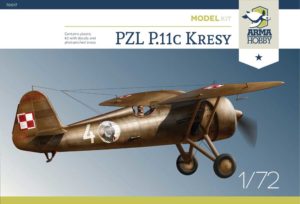 Model of the 70017 PZL P.11c with borderlands squadrons markings you can find in Arma Hobby shop. Box contains plastic parts, small photoetched fret and a huge decals sheet with markings: 2 x Ltn. Dzwonek, 1 x Volhynia Field Exercisese and 1 x 152 Eskadra Myśliwska.
Model of the 70017 PZL P.11c with borderlands squadrons markings you can find in Arma Hobby shop. Box contains plastic parts, small photoetched fret and a huge decals sheet with markings: 2 x Ltn. Dzwonek, 1 x Volhynia Field Exercisese and 1 x 152 Eskadra Myśliwska.
Got to shop link
Original text was edited and translated by Grzegorz Mazurowski
Nauczyciel w szkole ponadgimnazjalnej i doktorant na Katedrze Historii Polski Najnowszej UŁ, członek Koła Naukowego Wojskowości UŁ. Zajmuje się historią polskiego lotnictwa 1918-1945. Zarządza stroną "Wojna Obronna Polski - Armia Łódź 1939". W wolnych chwilach zdarza mu się sklejać modele.
This post is also available in:
 polski
polski


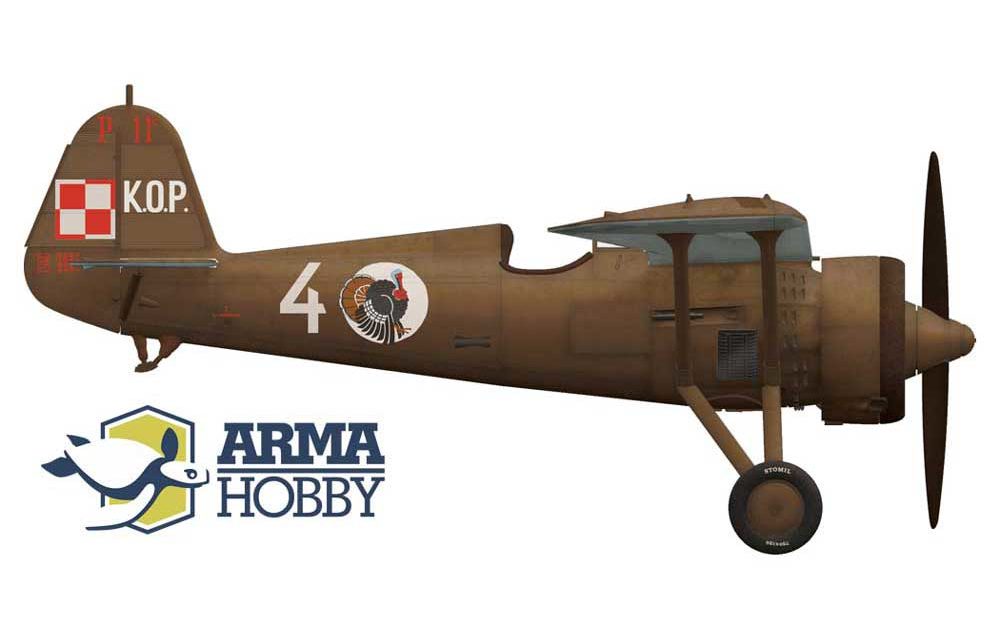
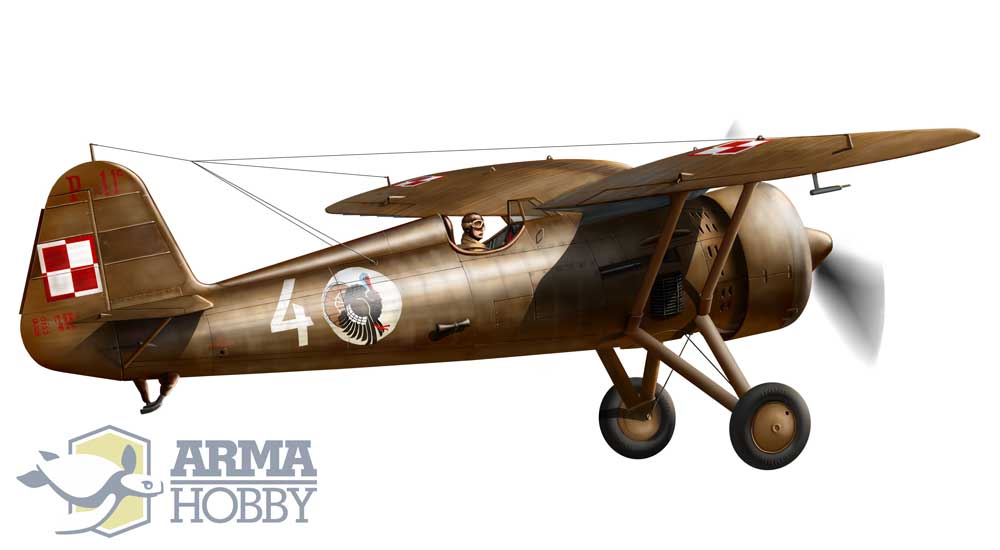





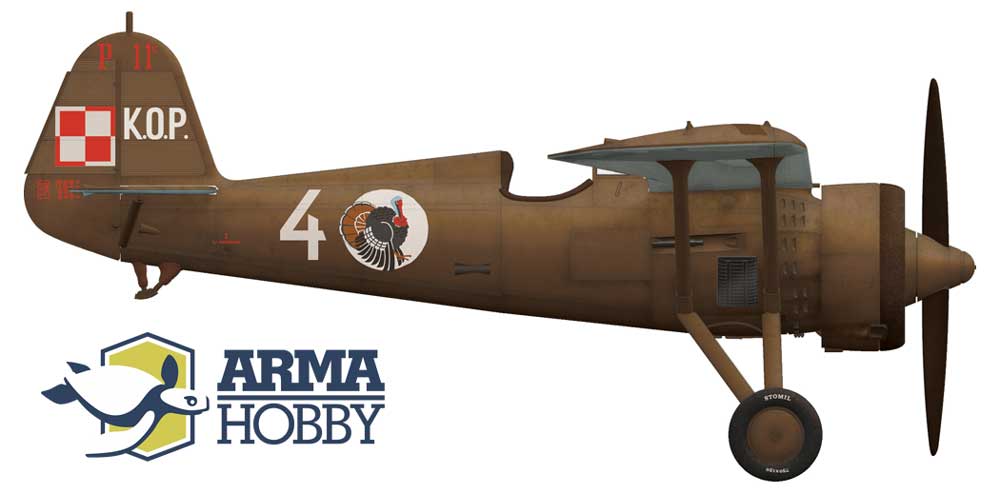
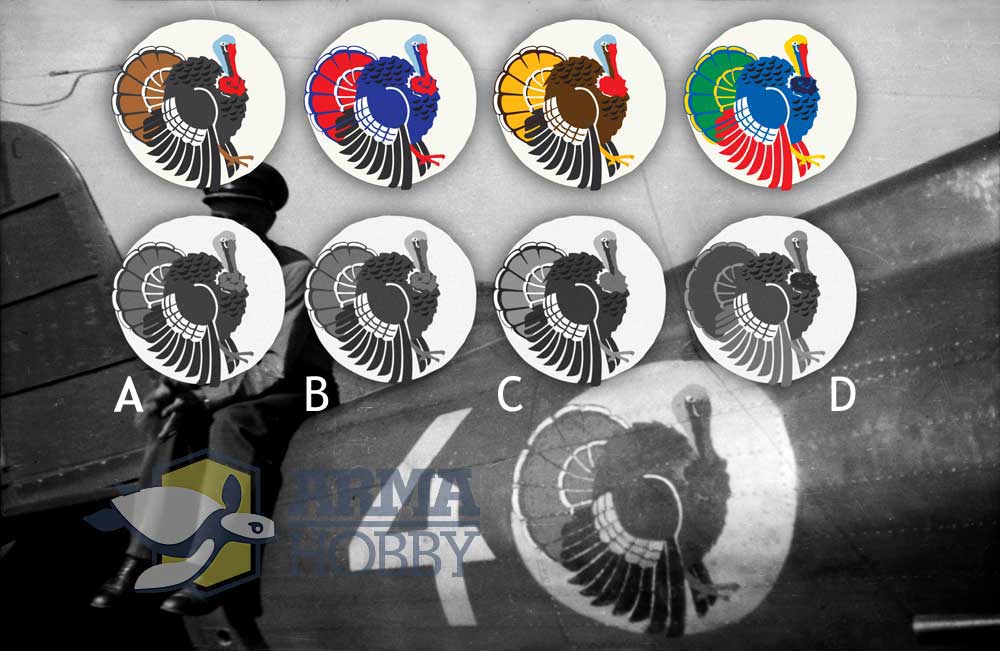
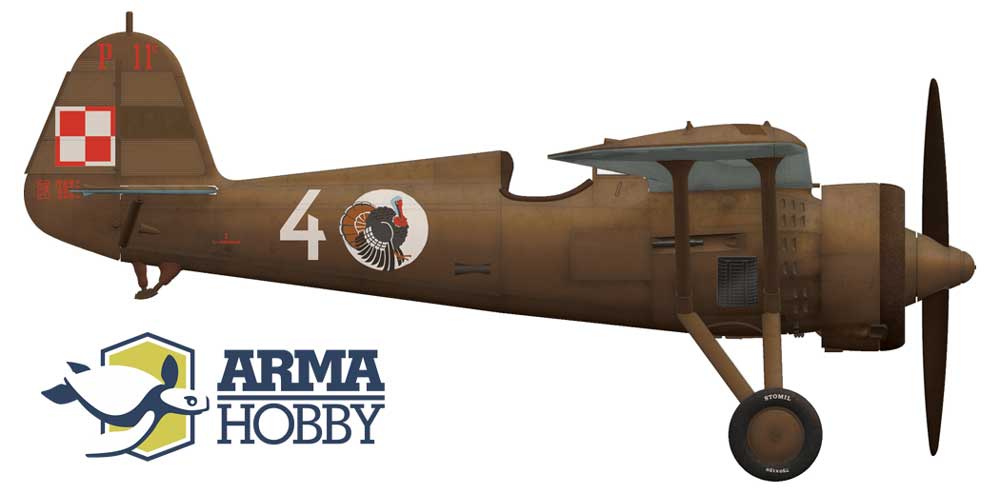
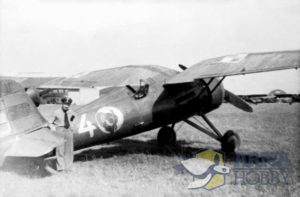




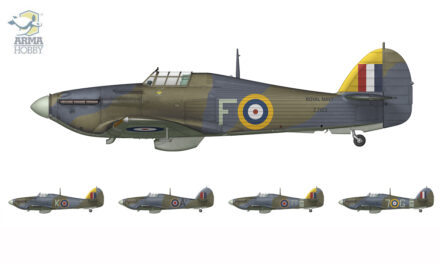
Please corner the market and produce 1/32 scale decals for the 1/32 PZL P.11c “white 4” with the Turkey emblem. This would be a great help.
Regards
Phillip Ware
We are not a decal manufacturer, and we can not fullfil your request, but we will inform Techmod, who already produces two 1/32 P.11c decal sets about your sugsestion.
Techmod link